Do you want to know which animal lives the longest?
Well, we’re here to tell you! We’ve compiled a list of some of the world’s most long-living animals. You’ll be surprised by what you find out!
Have you ever heard of the Immortal Jellyfish?

The Immortal Jellyfish is a species of jellyfish that can regenerate its cells indefinitely. This means it can live forever, making this Jellyfish species potentially the animal that can live the longest.
The problem, however, is this: They are preyed on by other animals, like sea anemones, tuna, sharks, swordfish, sea turtles, penguins, and other jellyfish. Continuous regeneration is excellent unless everybody and their dog eat you for dinner.
Glass Sponges - Can live 15000 years

Glass Sponges are perfect for anyone who wants their kitchen to be clean and germ-free without having to use harsh chemicals or scrubbing with steel wool pads all day long. So what are you waiting for? Get yourself some Glass Sponges … hold on, I think we confused something.
It can be found in the East China Sea and the Southern Ocean. They’re these really cool, deep-sea creatures shaped like a cub, and they have six long arms with suction cups on end for grabbing prey and holding onto rocks. They can reach an age of up to 15000 years, making them the animal that lives the longest. Their mouths are in the middle of their bodies – so if you see one, it’s probably eating something right now!
Tubeworms - Escarpia Laminate
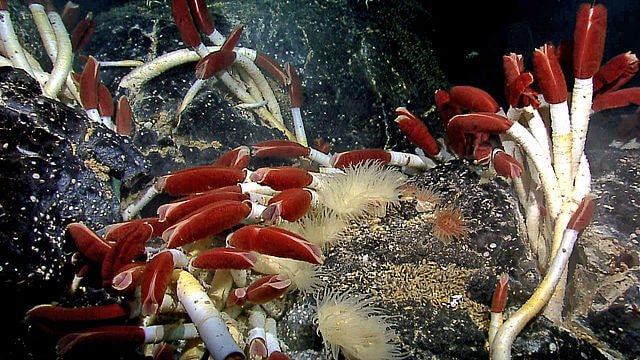
Do you know the difference between an earthworm and a tubeworm? Earthworms are segmented worms that live in moist soil, while tubeworms are segmented worms that live in marine environments. They both have segments, but they’re not the same type of worm! Tubeworms can be found on the ocean floor or deep underwater. You might find them near hydrothermal vents where hot water comes up from below and meets cold seawater. Furthermore, Escarpia Laminata (tubeworms) can reach an age of up to 1000 years, which is a lot more than earthworms with up to 8 years.
Greenland sharks
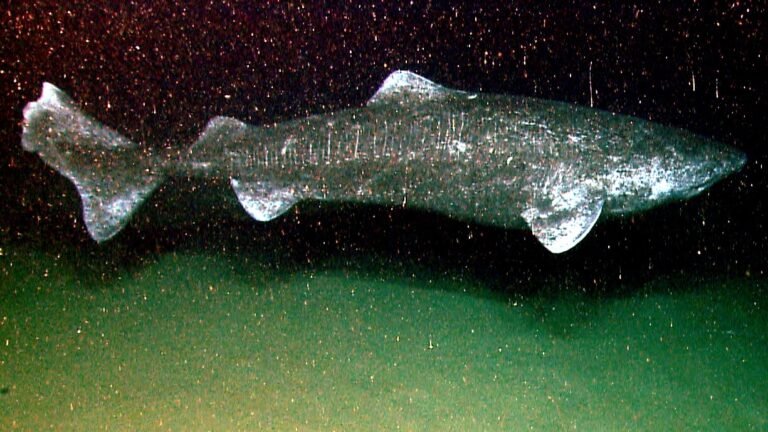
The Greenland sharks are the world’s largest living fish. They can grow up to 20 feet long and weigh as much as 2,000 pounds. But what’s even more impressive is their lifespan. This fascinating animal is the vertebrate that lives the longest – and it’s assumed that they reach an age between 300 and 500 years.
They live in cold waters around the North Atlantic and Arctic oceans, including Canada’s east coast. The females give birth to live young rather than lay eggs like most other shark species do. And they have a very slow metabolism which means they don’t need to eat often or hunt for food – instead, they just wait for prey that swims by!
The Bowhead Whale - The Mammal Who Lives the longest
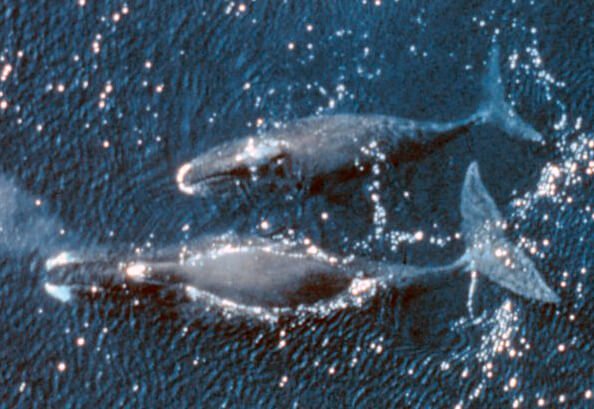
Most whales can reach old age. The Bowhead whale, however, can reach an age of 200 years. This makes the bowhead whale the mammal that lives the longest. It’s also the second-largest mammal on Earth, measuring a length of about 50 feet. Pretty awesome, right? For an animal that feeds on mostly zooplankton. They also have a really cool name that comes from their head shape.
Macaws and Cockatoos can live up to 80–100 years - in captivity
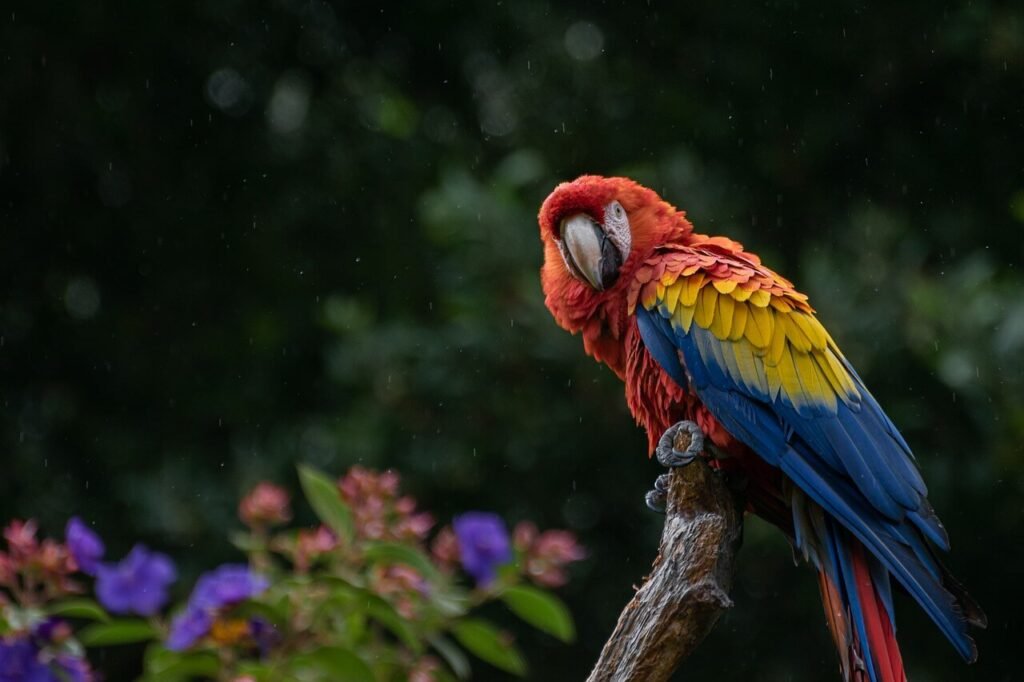
Macaws are native to Central and South America. They have a slender build, with a long tail often used as a prop when standing on the ground or in trees. They have large heads, which makes them look taller when they stand up straight. Their feathers are usually bright blue or green but can range in color depending on where they live (e.g., red-and-green macaws live near the Andes mountains).
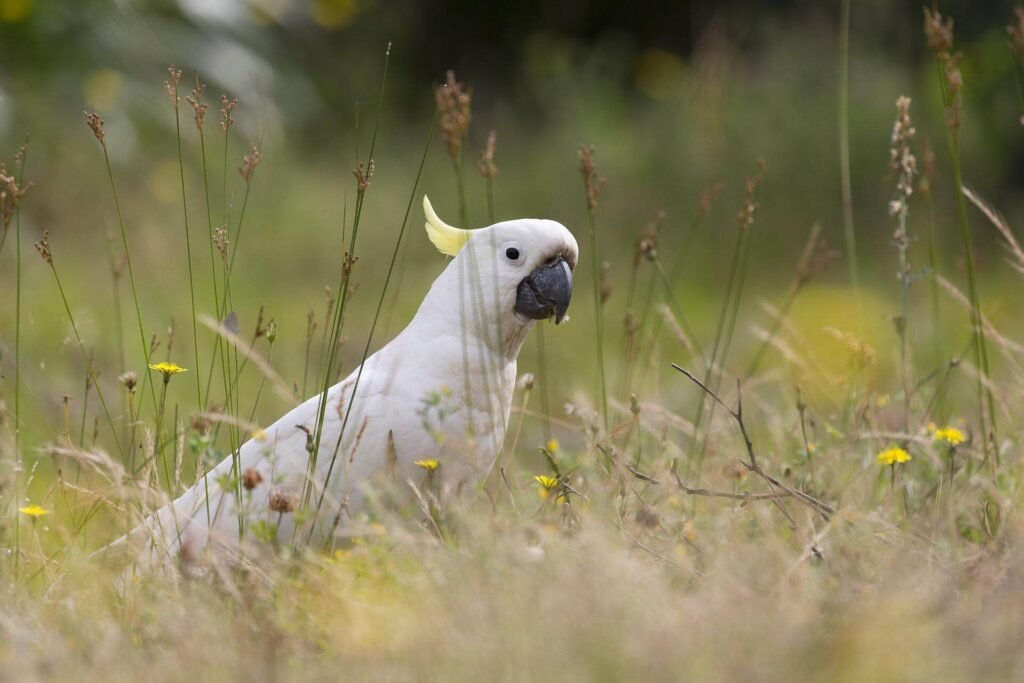
The Cockatoo is a member of the parrot family. They are native to Australia and New Guinea. The word “cockatoo” comes from an Aboriginal term for “large white bird.” These birds can live up to 80 years in captivity. There are many different cockatoos species, but they all have one thing in common – their signature crest on top of their head.
Koi
Did you know that Koi is the national fish of Japan? Koi comes from the Japanese word “Nishikigoi,” which literally means “brocaded carp”! They have a variety of colors, including white, black, red, orange, and yellow. Koi are often used in decorative ponds or water gardens because they’re so beautiful! Reaching an age of 200 is rare, even for a koi, but possible. Most kois, however, live only 50 years.
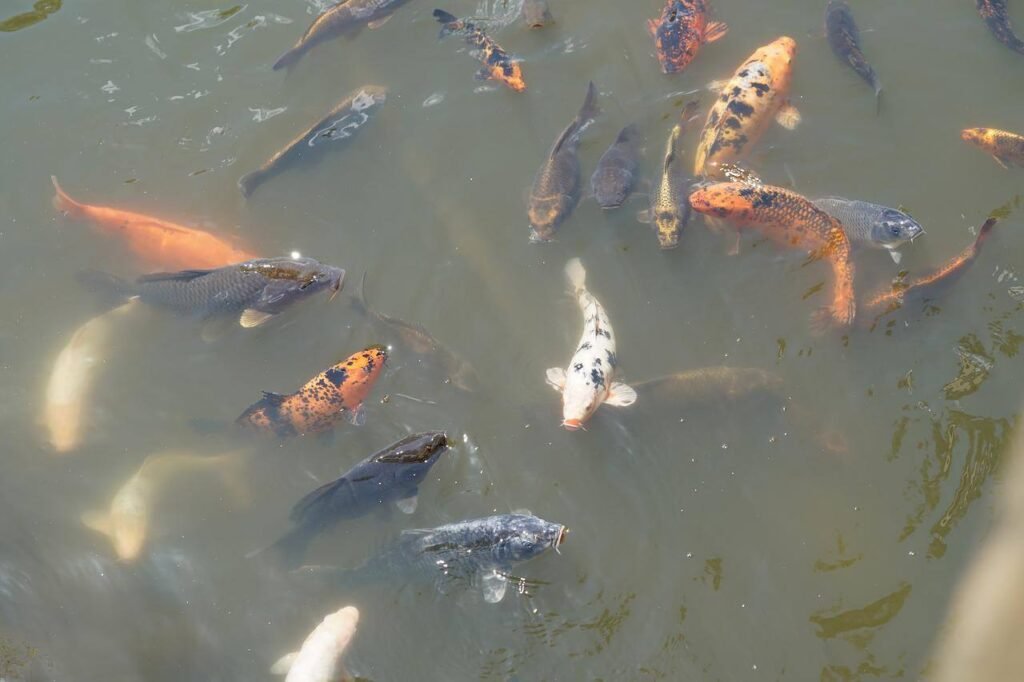
Galapagos Tortoise

Even in the wild, the Galapagos Tortoise lives over 100 years. In captivity, ages of 175 years are known. It is among the land animals that live the longest. They’ve been around since the time of dinosaurs, and they’re still going strong today! That means that tortoises have a lot of experience in life, so if you want some advice on being successful, ask a tortoise.
Tuataras
Have you ever seen a Tuataras? The Tuataras is an animal that lives in New Zealand. They are related to lizards and have been around for millions of years. They’re so cute! And can reach an age of over 100 years.

Eels
The oldest recorded eel was found in a lake in Sweden and was estimated to be over 155 years old. The average lifespan of an eel in captivity is only 80 years, though! But they’re not just living long lives – they’re also living large and can grow up to 3 feet long and weigh as much as 13 pounds!
Have you ever wondered how old corals can get?
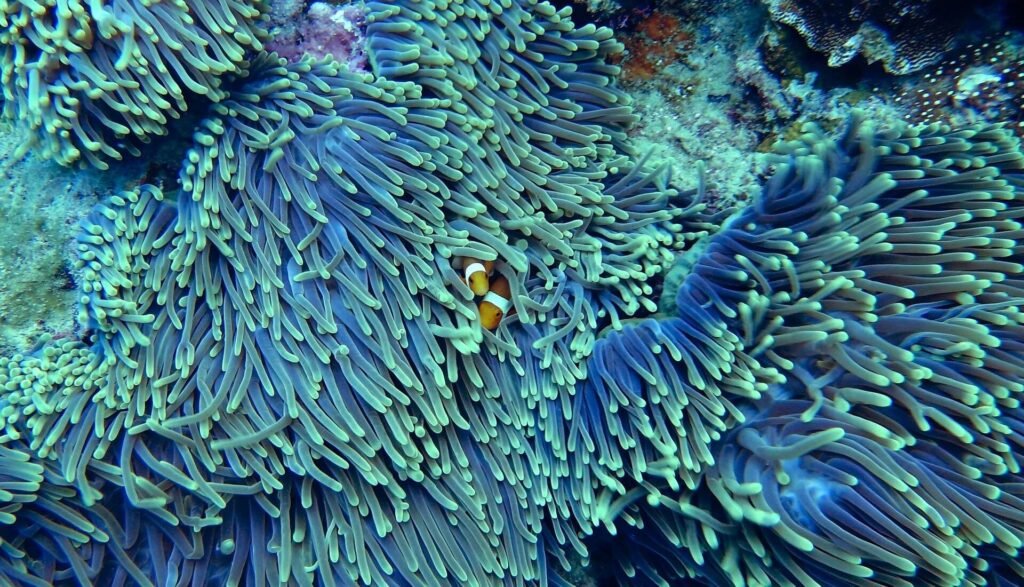
Did you know that corals are the oldest living animals on Earth? They’ve been around for over 500 million years and have survived major extinction events. That’s pretty impressive! They can live for hundreds of years and some species, like Leiopathes glaberrima, are even over 4000 years old.
Ocean Quahog
Have you ever heard of the ocean quahog? It’s a clam that lives in the deep sea. It’s not just any old clam, though – it has some pretty interesting features! Did you know that these animals can live for up to 200 years? Or that they’re able to change their sex from male to female and back again as needed?
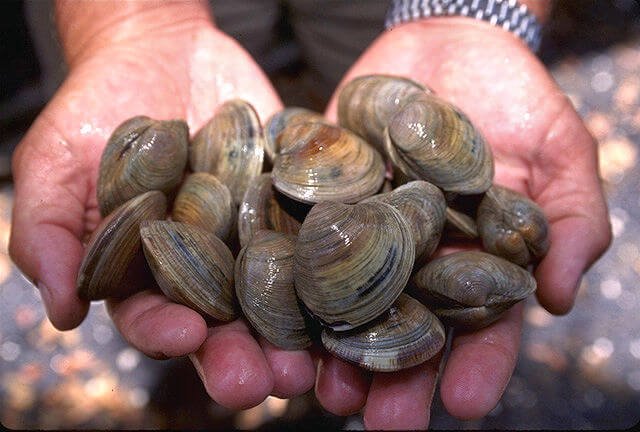
Rougheye rockfish can reach the age of 205 years
The Rougheye rockfish is a deep-water species that lives in the Pacific Ocean. It has been found at depths of up to 492 – 1476 ft (150 and 450 meters)and can grow up to 38 inches (1 meter) long. They are usually brownish or black with dark spots on their body and have a rough skin texture. They live in cold waters, so they don’t have many predators. Sharks, seals, sea lions, squid, octopuses, and other large fish may prey on them.
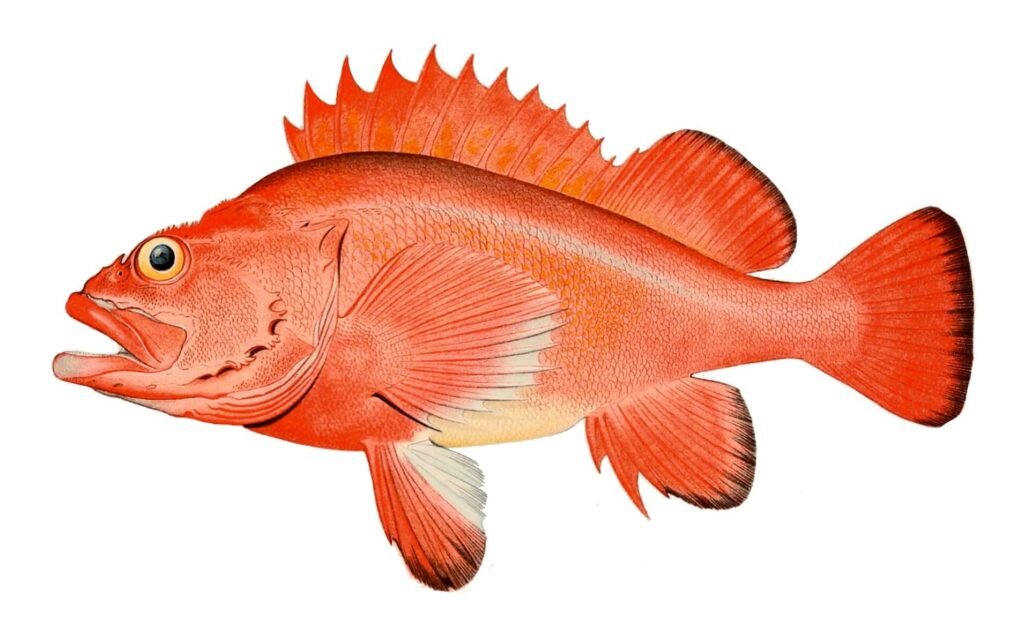
Red Sea Urchins
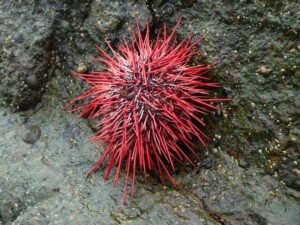
They have a spine on their back that can inject venom into predators, and they use it to defend themselves from hungry fish. They have an interesting life cycle, and they’re definitely not for sushi! Did you know that red sea urchin can regenerate their entire body from one arm? That’s right, they can grow back into a complete creature if only one arm is left intact! Pretty cool, huh? And did you know that some species of red sea urchin are actually hermaphrodites? Red Sea urchins can reach an age of 200 years.
Do you know how old a lobster can get?
Lobsters are some of the oldest creatures on Earth and have been around for over 200 million years! That’s older than dinosaurs. The average lifespan is about 50-100 years, and some lobsters have even lived up to 140 years!
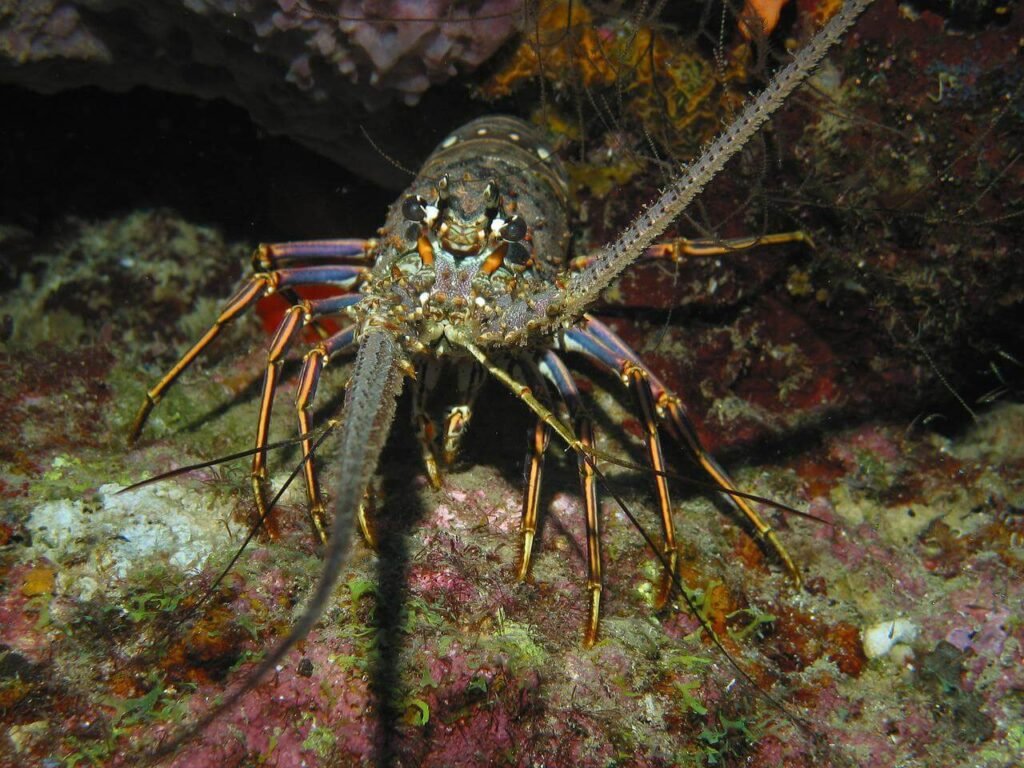
Elephants Are Probably The Land Mammal Who Lives The Longest
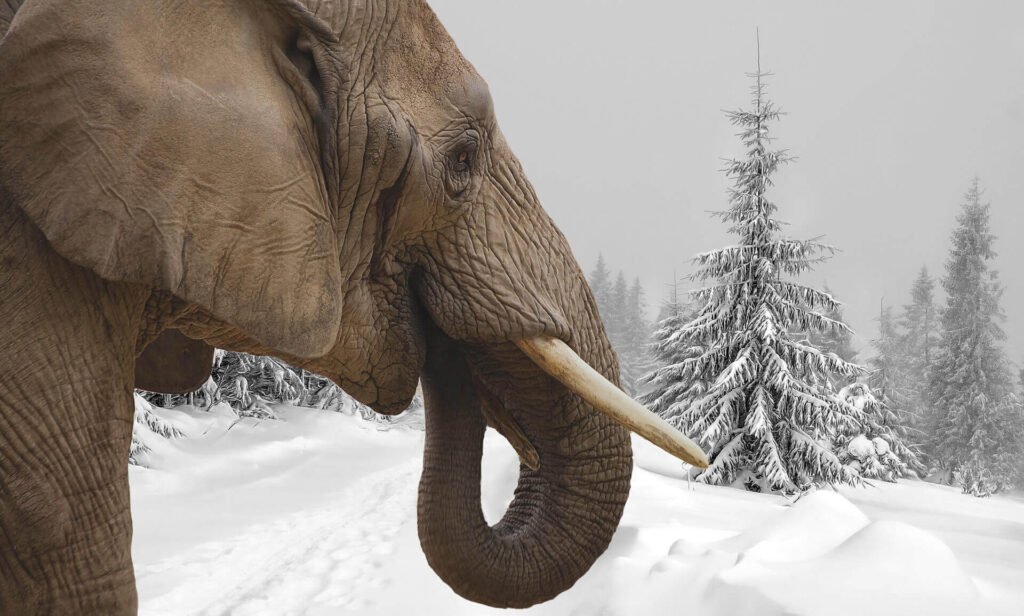
Elephants live to be about 60 years old, but older individuals are known, which means they’re among the land animals who live the longest. They can grow up to 13 feet (4 meters) tall and weigh over 10 tons, but they’re surprisingly agile on their feet.
It’s not uncommon for them to spend 22 hours a day eating – that’s probably like 3 times the amount of time you’ll spend at work! And when it comes to socializing, elephants have been known to form close-knit groups with other females or males to protect themselves from predators.
-
 $20.00 – $29.00 inc. VatSelect options This product has multiple variants. The options may be chosen on the product page
$20.00 – $29.00 inc. VatSelect options This product has multiple variants. The options may be chosen on the product page -
 $50.00 – $72.00 inc. VatSelect options This product has multiple variants. The options may be chosen on the product page
$50.00 – $72.00 inc. VatSelect options This product has multiple variants. The options may be chosen on the product page -
 $20.00 – $29.00 inc. VatSelect options This product has multiple variants. The options may be chosen on the product page
$20.00 – $29.00 inc. VatSelect options This product has multiple variants. The options may be chosen on the product page -
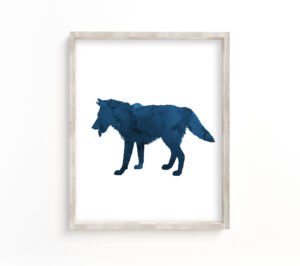 $20.00 – $29.00 inc. VatSelect options This product has multiple variants. The options may be chosen on the product page
$20.00 – $29.00 inc. VatSelect options This product has multiple variants. The options may be chosen on the product page -
 $20.00 – $29.00 inc. VatSelect options This product has multiple variants. The options may be chosen on the product page
$20.00 – $29.00 inc. VatSelect options This product has multiple variants. The options may be chosen on the product page -
 $20.00 – $29.00 inc. VatSelect options This product has multiple variants. The options may be chosen on the product page
$20.00 – $29.00 inc. VatSelect options This product has multiple variants. The options may be chosen on the product page -
 $20.00 – $29.00 inc. VatSelect options This product has multiple variants. The options may be chosen on the product page
$20.00 – $29.00 inc. VatSelect options This product has multiple variants. The options may be chosen on the product page -
 $20.00 – $29.00 inc. VatSelect options This product has multiple variants. The options may be chosen on the product page
$20.00 – $29.00 inc. VatSelect options This product has multiple variants. The options may be chosen on the product page